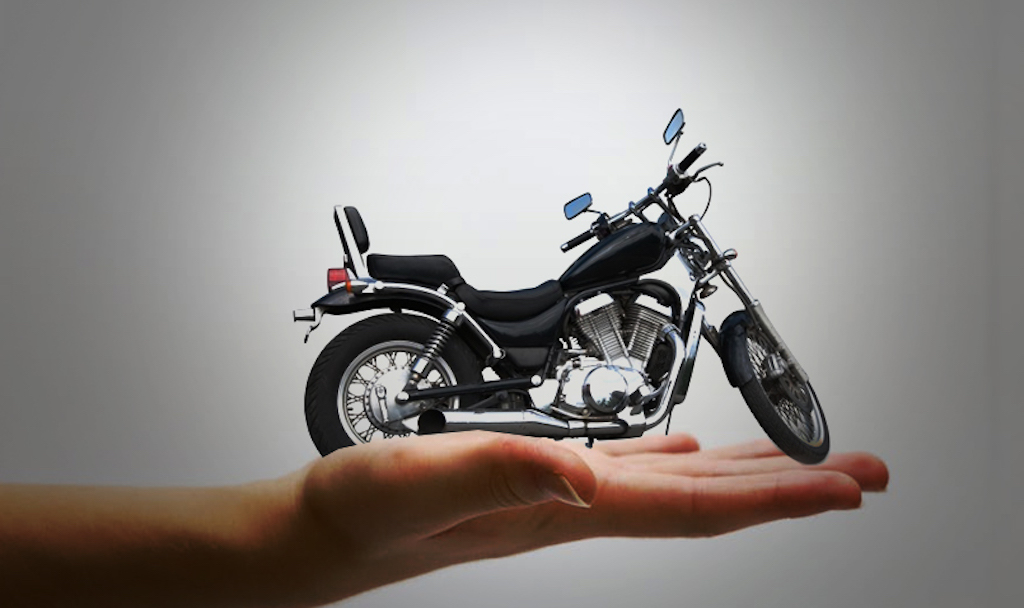Having motorcycle insurance is an important part of owning and riding a motorcycle. It protects your finances in the event of a collision, theft, or other unexpected event. Understanding the different types of insurance can help you make an informed choice based on your insurance needs. This article discusses the different types of motorcycle insurance, their pros and cons, and how to choose the policy that best suits your needs.
Liability Insurance:
A key component of motorcycle insurance is liability coverage. This covers the costs if you injure someone or damage their property while riding your motorcycle. Bodily Injury Liability and Property Damage Liability are the two main types of liability insurance.
If you cause an accident that injures someone, Personal Injury Liability pays for medical bills, pain, and suffering. Property Damage Liability, on the other hand, helps cover the cost of repairing or replacing items that were damaged in an accident that you caused. Carrying both types of liability insurance is important to protect your finances and comply with the law.
Collision Coverage:
Collision coverage is designed to cover the cost of repairing or replacing your motorcycle if it is damaged in an accident with another vehicle or object. This coverage is especially important if you own a newer or more valuable motorcycle, as it can help cover the cost of repairing or replacing your bike after an accident.
Collision insurance usually pays for damages regardless of who was at fault. However, it is important to note that collision coverage often comes with a deductible. A deductible is the amount you pay out of pocket before the insurance company pays the rest of the cost.
Comprehensive Insurance:
Comprehensive insurance protects you from things other than accidents, such as theft, crime, fire, and natural disasters. This coverage helps protect your motorcycle from a wide variety of risks that accident insurance does not.
Comprehensive coverage also protects against injuries from falling objects, collisions with animals, and other unexpected events. Like accident insurance, comprehensive coverage usually has a deductible that you must pay before the insurance company will pay the rest of the costs.
Uninsured/Underinsured Motorist Coverage:
Uninsured/Underinsured Motorist coverage protects you if you are involved in an accident with a driver who does not have enough insurance to cover the damages. This coverage can help pay for your medical bills and property damage if the driver who caused the accident did not have enough insurance.
Some drivers on the road may not have enough insurance to cover the costs of accidents, making this safety even more important. Without uninsured/underinsured motorist coverage, you can still get coverage even if the other driver cannot pay for the damages.
Medical Expense Coverage:
If you and your guests are injured in an accident, Medical Payments Insurance (MedPay) can help cover your guests’ medical bills and expenses, regardless of who is at fault. It can help pay for hospital bills, doctor visits, and other medical expenses after a motorcycle accident.
Because it can help pay for costs that health insurance or other types of insurance might not fully cover, MedPay insurance is beneficial. It can give you added financial security and peace of mind if an accident occurs.
Custom Parts and Equipment Coverage:
If you purchase custom parts or accessories for your motorcycle, you may want to add custom parts and equipment coverage to your policy. In the event of damage or theft, this coverage helps protect the value of any subsequent modifications and adjustments.
If you have made significant modifications to your motorcycle that standard insurance might not cover, having custom parts and equipment coverage is crucial. This additional coverage ensures that you are covered for the costs of repairing or replacing your custom parts.
How to Choose the Best Coverage:
Choosing the right motorcycle insurance means carefully considering your own needs and circumstances. When choosing a policy, consider factors such as the value of your motorcycle, how often you ride, and your income. Talking to an insurance agent can help you figure out which coverage option best suits your needs.
Conclusion:
To protect yourself and your motorcycle from different risks, you need to understand the different types of motorcycle insurance coverage. It’s important to consider liability coverage, accident coverage, comprehensive coverage, uninsured/underinsured motorist coverage, medical payments coverage, and custom parts and equipment coverage, etc. By carefully evaluating your needs and choosing the right coverage, you can ensure your safety while riding.
FAQs:
1. What’s the difference between accident insurance and liability insurance?
Your liability coverage helps pay for any injuries you cause to others, while your accident coverage can repair or replace your motorcycle if it’s injured in an accident.
2. Do all motorcycle users need to purchase comprehensive insurance?
Comprehensive insurance is not mandatory, but it is recommended if you want to be protected against risks that are not related to the accident, such as theft or natural disasters.
3. What does uninsured or vulnerable driver insurance cover?
This coverage helps you pay for medical bills and property damage if you are involved in an accident with a driver who is not adequately insured.
4. What is the difference between medical insurance and medical payment coverage?
Medical insurance covers the costs directly related to a motorcycle accident, while medical insurance may not cover all costs associated with such an incident.
5. Does custom parts and equipment coverage cover all types of motorcycle modifications?
Yes, custom parts and equipment coverage covers aftermarket modifications and adjustments, so you will be fully reimbursed if the equipment is damaged or stolen.
